A sweeping new study published in the journal Science tallies, for the first time, butterfly data from more than 76,000 surveys across the continental United States. The results: From 2000 to 2020, the total butterfly abundance fell by 22% ... Read More
Insecticides are key drivers of butterfly decline, research shows
Insecticide use is the single largest factor contributing to a decline in total butterfly abundance and species diversity in the Midwest, according to a newly released study published by the journal PLOS ONE. The author team was led by ... Read More
Rescheduled to Tuesday, Oct. 24 | Fall Dessert with Discussion Talk
Join the W.K. Kellogg Biological Station community at 7 p.m. Tuesday, Oct. 24, for a talk on the concept of genetic rescue and how it’s being used to save imperiled species in Michigan and elsewhere. Note: This event has been rescheduled ... Read More
‘Of Bombs and Butterflies’ with Nick Haddad
The largest population of endangered St. Francis' Satyr butterflies lives in a seemingly inhospitable environment: wetlands in the middle of active artillery ranges at Fort Bragg, North Carolina.But as ecologist and KBS Long-term Ecological ... Read More
Shelter from the storm: Increasing resiliency of rare species in hurricane-prone areas
What happens when a major hurricane careens through a rare, fragmented ecosystem? North Carolina State University researcher Erica Henry and others, including W.K. Kellogg Biological Station ecologist Nick Haddad, found themselves in a ... Read More
New book club shines a light on environmental literature
Members of the Richland-area community have a new way to combine a love of nature and reading. The W.K. Kellogg Biological Station has partnered with Richland Community Library to form the EcoReads Book Club, with the first event slated for ... Read More
New book chronicles researcher’s quest for the world’s rarest butterflies
Conservation biologist Nick Haddad didn't set out to study rare butterflies. His undergraduate studies didn't focus on butterflies at all. Yet the plight of the St. Francis' Satyr, a butterfly so scarce that it's found in artillery ranges ... Read More
Nick Haddad shares his search for the rarest butterflies and the future of butterfly conservation
As KBS was looking for someone to lead its Long-Term Ecological Research (LTER) projects, Nick Haddad saw it as a perfect opportunity to continue the research that has defined his career. Haddad arrived at KBS in 2017 and on March 25th will ... Read More

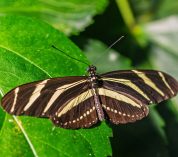
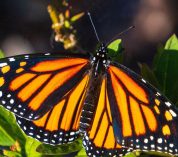
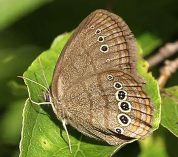
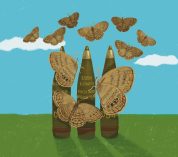
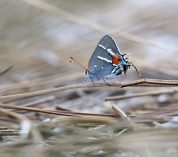
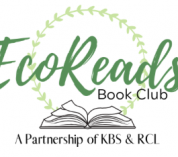
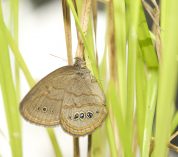
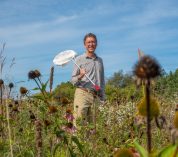
A legacy of conservation; a commitment to sustainability.
3700 E. Gull Lake Drive
Hickory Corners, MI 49060
(269) 671-5117
info@kbs.msu.edu